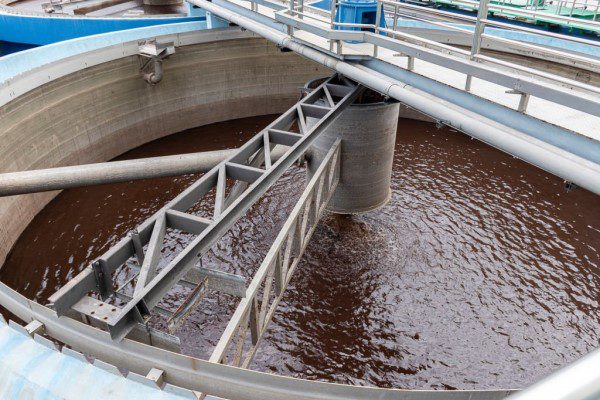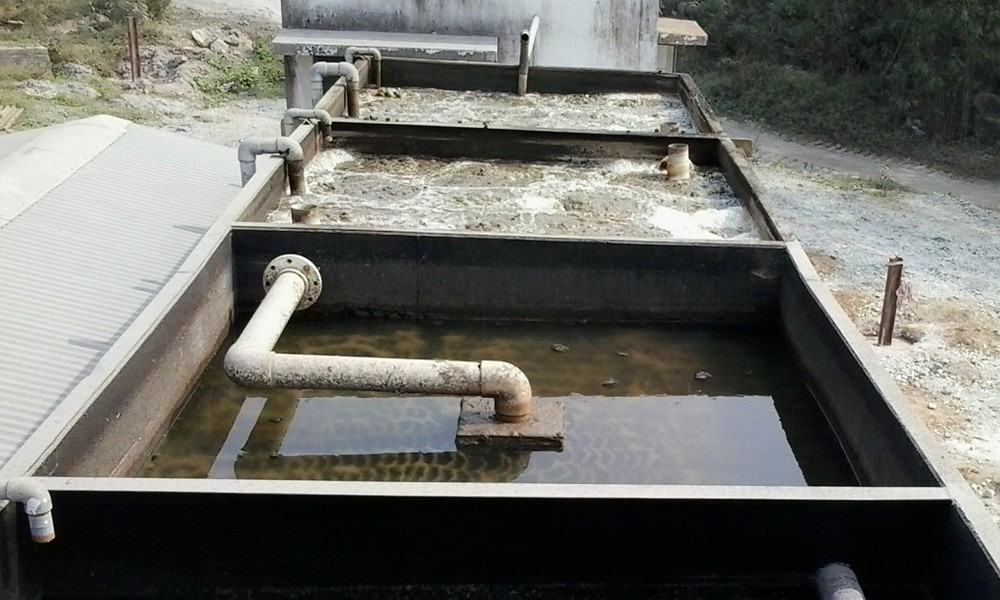Maintaining the right Mixed Liquor Suspended Solids (MLSS) levels is critical to the performance and efficiency of sewage and effluent treatment plants. MLSS is a crucial parameter that measures the concentration of suspended solids in the aeration tank, which influences biological treatment processes. Understanding the factors that affect MLSS is essential for optimizing treatment plant operations, ensuring regulatory compliance, and improving overall wastewater management.
This blog explores the key factors influencing MLSS in sewage treatment plants and MLSS in effluent treatment plants, providing actionable insights for plant operators and managers.
1. Influent Characteristics
The quality and composition of incoming wastewater significantly impact MLSS levels. Key variables include:
- Organic Load: High biochemical oxygen demand (BOD) or chemical oxygen demand (COD) in the influent requires increased MLSS to support microbial activity.
- Inorganic Solids: A higher proportion of non-biodegradable solids can elevate MLSS without contributing to biological treatment.
- Toxic Substances: Industrial discharges with toxic chemicals may harm microorganisms, destabilizing MLSS.
Maintaining consistent influent quality through proper pretreatment and monitoring ensures balanced MLSS levels.
2. Aeration Efficiency
Effective aeration is vital for maintaining the activity of microorganisms that decompose organic matter. Insufficient oxygen supply can lead to:
- Reduced Microbial Growth: Affects the ability to maintain optimal MLSS in effluent treatment plants.
- Sludge Settling Issues: Poor aeration can cause the accumulation of solids, disrupting MLSS equilibrium.
Regular checks on aeration systems and maintaining dissolved oxygen levels between 1.5-2 mg/L ensure proper microbial activity.
3. Sludge Retention Time (SRT)
Sludge Retention Time (SRT), also known as solids retention time, defines the duration solids are retained in the system. SRT directly influences:
- MLSS Concentration: Longer SRT promotes higher MLSS due to prolonged microbial growth.
- System Stability: Optimal SRT prevents sludge bulking or over-thickening.
Operators should adjust SRT based on the plant’s capacity and influent load to maintain steady MLSS in sewage treatment plants.

4. Hydraulic Loading Rates
Hydraulic loading rates represent the flow of wastewater through the treatment plant. Key impacts include:
- High Flow Rates: Can wash out sludge, reducing MLSS levels.
- Low Flow Rates: May lead to excessive sludge accumulation, requiring frequent wasting.
Balancing hydraulic loads ensures consistent MLSS levels and prevents overloading of the treatment system.
5. Temperature Variations
Temperature fluctuations significantly affect microbial activity in sewage and effluent treatment processes.
- High Temperatures: Accelerate microbial metabolism, leading to faster organic matter breakdown but may cause over-thickening of MLSS.
- Low Temperatures: Slow down biological processes, reducing the effectiveness of treatment and MLSS stability.
Seasonal monitoring and process adjustments are crucial for maintaining consistent MLSS in effluent treatment plants.
6. Sludge Wasting Practices
Sludge wasting refers to the deliberate removal of excess solids to control MLSS levels. Factors to consider include:
- Frequency of Wasting: Regular removal of excess sludge prevents system overload.
- Wasting Rates: Too much or too little wasting can destabilize MLSS and impair treatment efficiency.
Using data-driven methods to determine sludge wasting schedules ensures optimal MLSS in sewage treatment plants.
7. Nutrient Availability
Microbial communities require adequate nutrients like nitrogen and phosphorus to maintain growth and activity. A deficiency in these nutrients can:
- Limit microbial growth, impacting MLSS levels.
- Cause system imbalances, reducing treatment efficiency.
Supplementing nutrients as required helps sustain a healthy microbial population.
8. Equipment Maintenance
Faulty or inefficient equipment can disrupt the biological treatment process, affecting MLSS levels. Key areas to monitor include:
- Aerators and blowers.
- Sludge pumps and recirculation systems.
- Monitoring sensors for MLSS and dissolved oxygen.
Preventive maintenance ensures uninterrupted operation and stable MLSS.
Maintaining optimal MLSS in sewage treatment plants and MLSS in effluent treatment plants is a balancing act that requires careful consideration of influent quality, aeration efficiency, SRT, hydraulic loads, and environmental factors. Regular monitoring, proactive adjustments, and efficient sludge management are essential for achieving consistent treatment results.
For plants aiming to optimize their operations, understanding these influencing factors is key to enhancing performance and meeting stringent regulatory standards. Adopting advanced monitoring tools and automated systems can further streamline processes, making wastewater treatment more efficient and sustainable.

